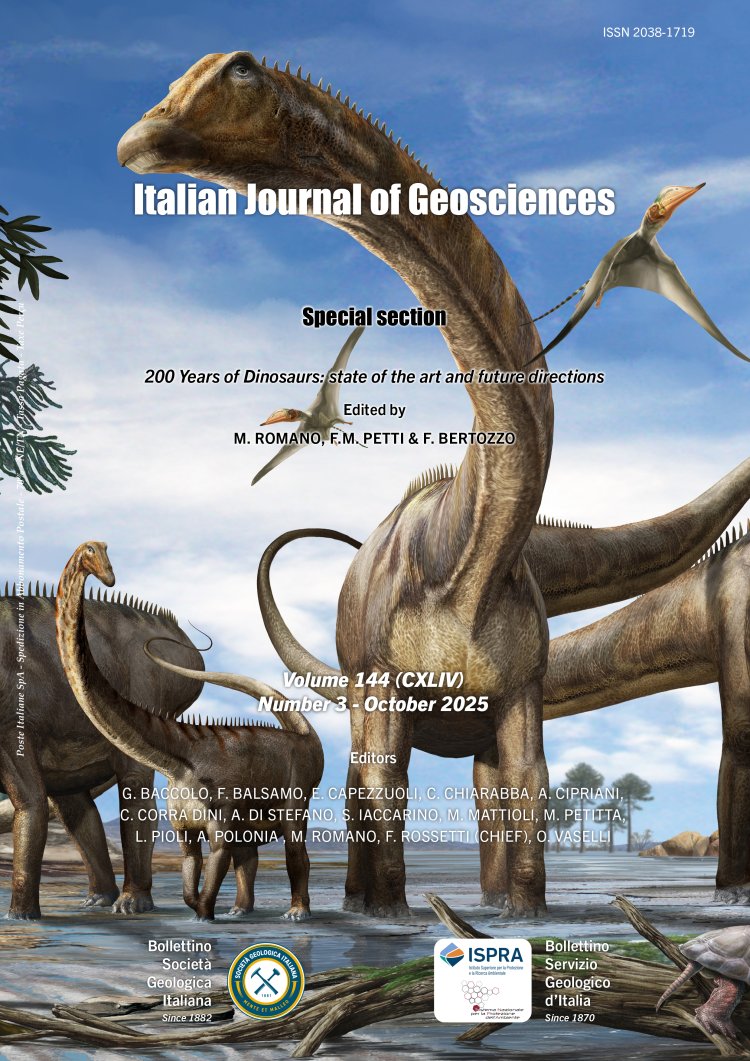
Reviving Megaraptor namunhuaiquii (Dinosauria, Theropoda): the synergy of art and science for the life reconstruction of ancient species
Alessio Ciaffi1, Mattia Yuri Messina2, Flavio Bellardini3,4,5 & Mattia Antonio Baiano3,4,6
1Dipartimento di Scienze della Terra, Sapienza Università di Roma, Piazzale Aldo Moro 5, 00185, Rome, Italy.
2Dipartimento di Scienze Chimiche e Geologiche, Cittadella Universitaria (Blocco A), Università degli Studi di Cagliari, Monserrato (CA), Italy.
3Consejo Nacional de Investigaciones Cientificas y Técnicas (CONICET), Godoy Cruz 2290, C1033AAJ Ciudad Autónoma de Buenos Aires, Argentina.
4Instituto de Investigación en Paleobiología y Geología (IIPG), Universidad Nacional del Rio Negro. Av. Roca 1242, R8332EXZ General Roca, Río Negro.
5Museo Carlos Ameghino (MPCA), Belgrano 1700, Para je Pichi Ruca (predio Marabunta), Cipolletti R8324, Río Negro, Argentina.
6Area Laboratorio e Investigación, Museo Municipal ‘Ernesto Bachmann’, Dr Natali S/N, 8311 Villa El Chocon, Neuquén, Argentina.
Corresponding author e-mail: al.ciaffi@gmail.com
Abstract
Keywords
Get Full Text